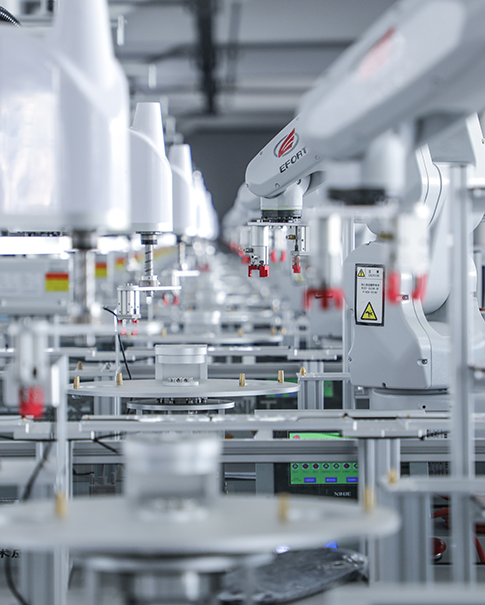A digital twin is a virtual representation of a real-world asset, such as a machine, system, or even an entire factory. By integrating real-time data from sensors, a digital twin creates an accurate model that mirrors the performance and conditions of its physical counterpart. This technology has evolved from simple 3D renderings to sophisticated tools enabled by the Internet of Things (IoT), data analytics, and cloud computing. The result? A more accessible, affordable solution for improving operational efficiency, reducing downtime, and optimizing systems.
The rise of digital twins presents manufacturers with numerous advantages, particularly in areas of predictive maintenance and operational efficiency. Here are some key benefits of integrating digital twin technology into your operations:
Increased Efficiency: Continuous monitoring of assets allows digital twins to predict potential failures and suggest preventative actions, ultimately reducing downtime and extending asset lifespans.
Improved Decision-Making: By offering real-time insights, digital twins provide data-driven perspectives that help managers make informed decisions, optimize processes, and improve operational workflows.
Faster Time-to-Market: Through simulations and testing, digital twins allow manufacturers to address issues before physical prototypes are made, cutting down on costly redesigns and accelerating the production process.
Digital twins are already making a significant impact across various industries. Here are just a few areas where they are being successfully implemented:
Manufacturing: By simulating machinery performance, manufacturers can track the condition of machines, schedule timely maintenance, and optimize production schedules, ultimately boosting productivity.
Smart Buildings: Digital twins of buildings can optimize energy usage, monitor environmental conditions, and automate systems based on real-time data, leading to improved sustainability and operational costs.
Automotive and Aerospace: Companies in these sectors use digital twins to monitor vehicle or aircraft components during their lifecycle, ensuring peak performance and preempting potential failures before they occur.
While the advantages of digital twins are clear, there are still some challenges businesses must consider before adoption. Here are a few obstacles to be aware of:
High Initial Costs: For many smaller manufacturers, the initial investment required to set up the necessary IT infrastructure and sensors can be a significant barrier. However, incremental adoption and scaling over time can help mitigate these costs.
Cybersecurity Risks: Since digital twins store critical data, businesses must prioritize strong cybersecurity measures. Protecting the integrity of the data and ensuring that only authorized personnel have access to it is essential to safeguarding the system from potential breaches.
To fully reap the rewards of digital twin technology, businesses should take a strategic approach:
Start Small: Begin with a single asset or component to test the technology’s effectiveness, and gradually scale up as the benefits become evident.
Invest in IT Infrastructure: Ensure you have the necessary infrastructure in place, from sensors to cloud storage, to effectively capture and process the data required for your digital twin.
Ensure Robust Cybersecurity: Implement stringent security measures during the design phase, such as encryption and access control, to protect the integrity of your system.
By taking these steps, manufacturers can progressively unlock the potential of digital twins while minimizing risks and costs.
The potential of digital twins to drive operational efficiency and innovation is undeniable. As this technology continues to evolve, it offers businesses a powerful tool to optimize operations, reduce downtime, and make better-informed decisions. While there are challenges to consider, particularly around costs and cybersecurity, the benefits far outweigh the risks. By adopting digital twins gradually and strategically, manufacturers can stay ahead of the curve and position themselves for long-term success in an increasingly data-driven world.
 Network Supported
Network Supported